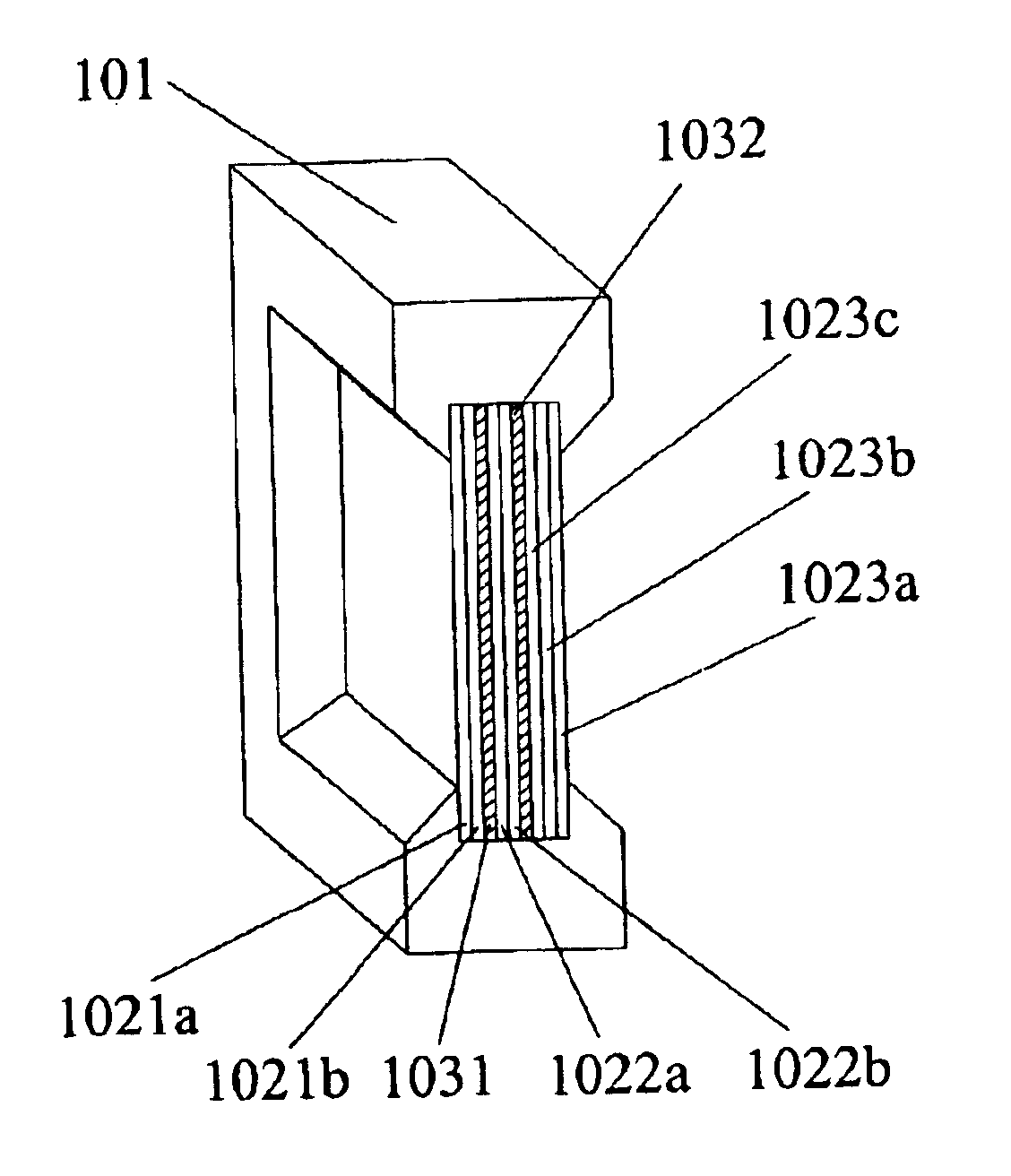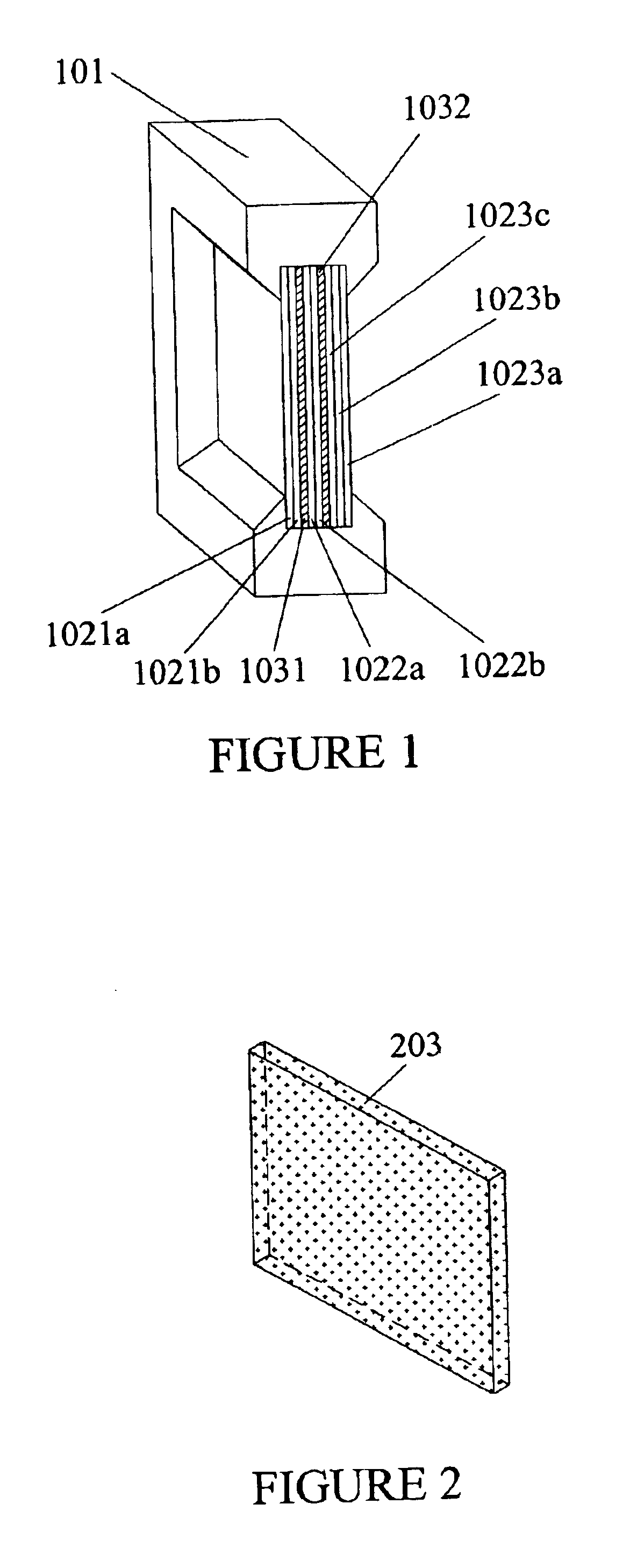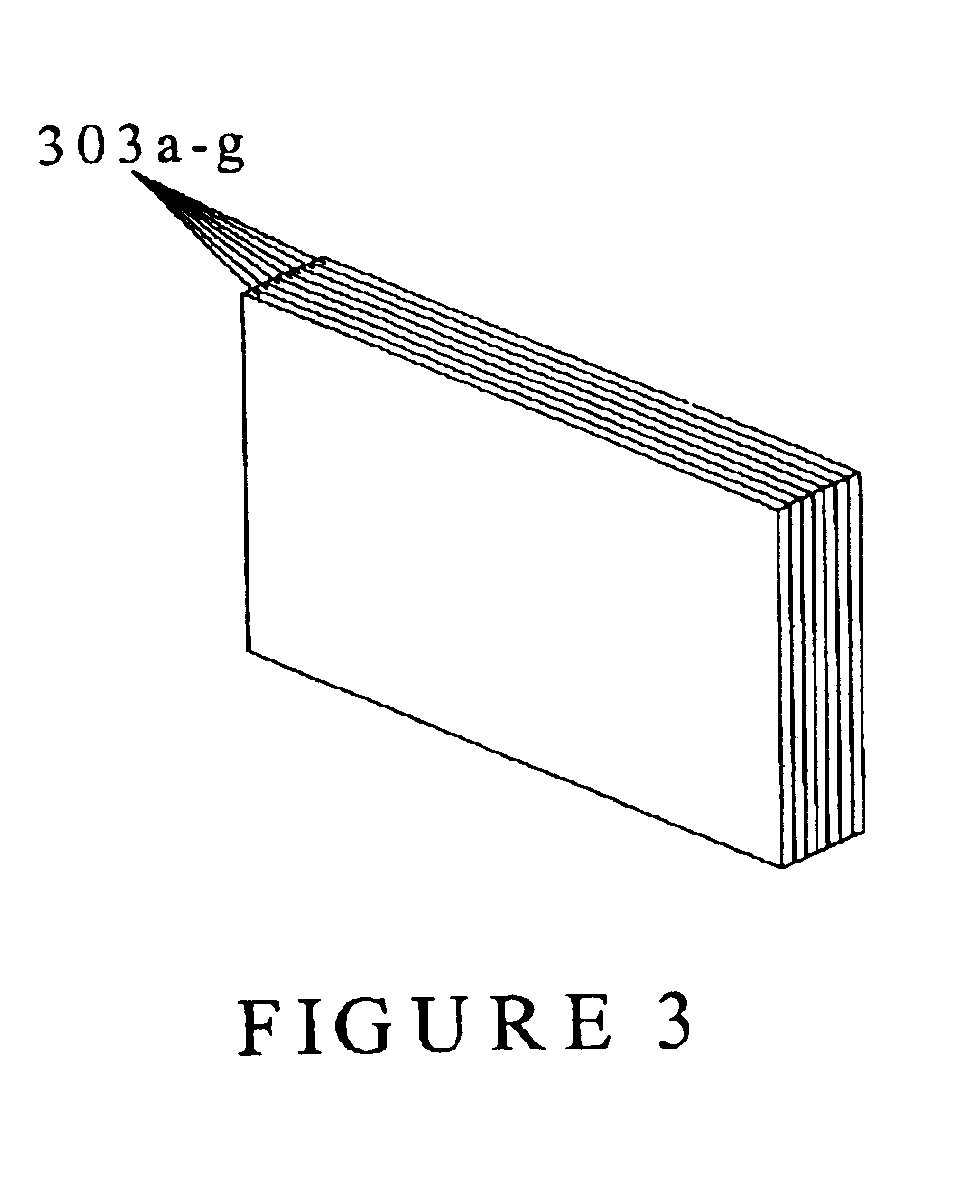Electromagnetic radiation attenuating and scattering member with improved thermal stability
a technology of electromagnetic radiation and scattering member, which is applied in the field of biochemistry and medicine, can solve the problems of difficult to produce electromagnetic radiation whose path through the sample is precisely equal to the thickness of the sample, and the spectral intensity of radiation created by non-laser sources is limited, so as to improve the thermal stability of spectroscopy, improve the thermal stability, and the effect of less demanding
- Summary
- Abstract
- Description
- Claims
- Application Information
AI Technical Summary
Benefits of technology
Problems solved by technology
Method used
Image
Examples
example
[0070]Performance of the reference member according to this invention was tested on implementation presented in FIG. 5. The member consisted of an INVAR™ mount, for secure reproducible positioning of the reference member in the optical path of the spectrometer for transillumination with visible and near infrared electromagnetic radiation. This system applies high intensity diffuse radiation for sample illumination. Different reference members were tested to evaluate the impact of the high intensity illumination on performance of the members. All measurements consisted of illumination of the member with a high intensity diffused beam of constant intensity, continuous collecting of data with an array based grating spectrometer and averaging data at each pixel of the array for about 5.6 sec. About ten seconds latter the measurement was repeated and the logarithm of the ratio of averaged results for each pixel was calculated.
[0071]In an ideal case of a noiseless measurement, a radiation...
PUM
 Login to View More
Login to View More Abstract
Description
Claims
Application Information
 Login to View More
Login to View More - R&D
- Intellectual Property
- Life Sciences
- Materials
- Tech Scout
- Unparalleled Data Quality
- Higher Quality Content
- 60% Fewer Hallucinations
Browse by: Latest US Patents, China's latest patents, Technical Efficacy Thesaurus, Application Domain, Technology Topic, Popular Technical Reports.
© 2025 PatSnap. All rights reserved.Legal|Privacy policy|Modern Slavery Act Transparency Statement|Sitemap|About US| Contact US: help@patsnap.com



